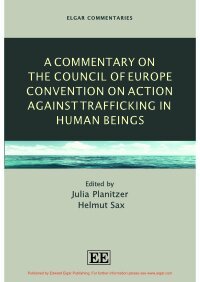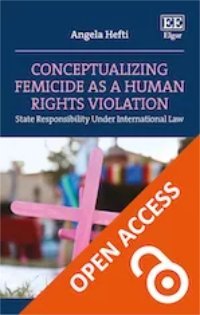By The Pontifical Academy of Social Sciences
There are two statements that Pope Francis has constantly repeated from the beginning of his Pontificate: that ‘Human Trafficking is Modern Slavery’ and that this practice is a ‘Crime against Humanity’. PASS endorses both without reservation having, in fact, been the first to coin the latter phrase. However, each statement merits closer inspection because they denote rather different issues. Both have been crucial in shaping the leadership that the Catholic Church has assumed and the agenda she has adopted in spearheading a social movement opposing this morally horrendous treatment of human persons. As many social scientists have noted, today’s digital media make initial protests and demonstrations by new social movements easier to organize than ever before. Conversely, to hold a movement together whilst pushing its agenda forward remains as difficult as ever. The latter is where our Academy (in fact, the two Academies) can make a contribution. We are not ‘beyond moral outrage’; that remains our constant bedrock. However, it also requires a clearer definition of what new social provisions are needed not merely to eliminate Human Trafficking quickly but to restore respect – and self-esteem – to those whose human dignity has been assaulted and battered through the process of being trafficked. It is to this that the first statement points unequivocally.
Vatican City, The Pontifical Academy of Social Sciences Acta 20, 2016. 522p.





















